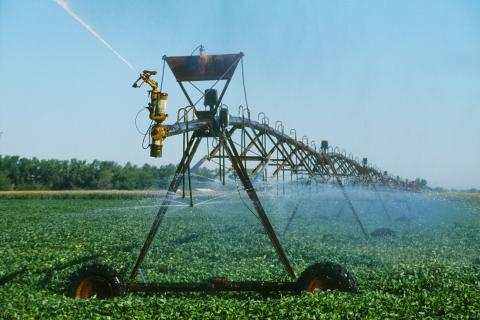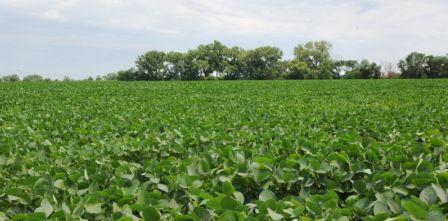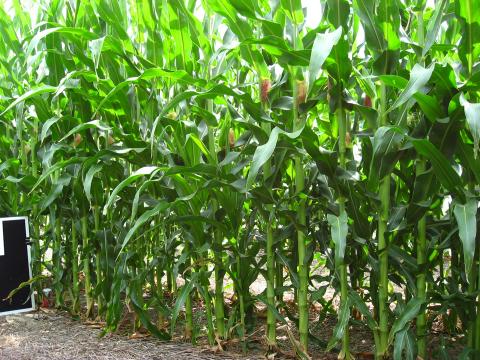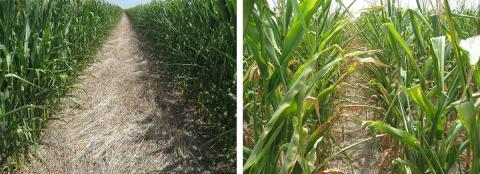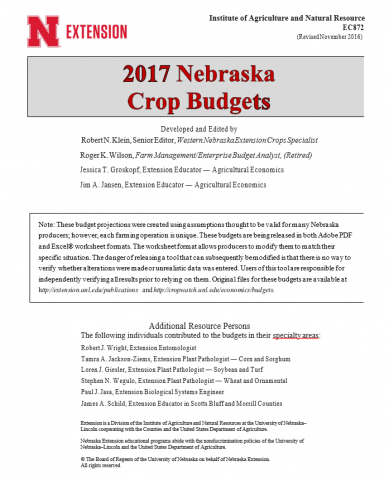Planting Soybean after Soybean (Part 2): In-Season Management Considerations
April 13, 2017
In Part 1 of this article, we look at considerations for planting soybean after soybean. In this article, Part 2, we share considerations for in-season management.
Planting Soybean after Soybean (Part 1): Planting Considerations
April 13, 2017
Farmers are increasing their soybean plantings for 2017, which likely means some are shifting to soybeans-after-soybeans. This article looks at what you should be considering at planting time as you consider changing your cropping sequence.
Recommendations for Implementing and Fertilizing Skip-Row Planting
March 2, 2017
Skip-row corn planting offers yield benefits in dryland fields, as documented by several years of University of Nebraska-Lincoln trials. This article, one of two this week looking at skip-row planting corn, offers recommendations for implementing the system in dryland corn production.
Skip-Row Corn Provides Improved Drought Tolerance in Dryland Corn
March 1, 2017
Research in Nebraska over a number of years has documented how skip-row corn can offer yield benefits in dryland production systems. Because water in the soil between widely spaced rows cannot be reached by the crop until later in the season, the water is available July and August, when plants are in the silking to blister stages and particularly sensitive to drought stress.
Comparing Generic Versus Name Brand Pesticides
February 9, 2017
When can you save money on pesticides? Research in Nebraska and elsewhere indicates that often generic pesticides may offer similar control at lower prices than brand name products. There may be other reasons for using brand names, which are addressed in the article.
Using Herbicide Prices and Efficacy Ratings to Select for Top Value
January 17, 2017
Take time this winter to strategize your weed management plan. Use Nebraska Extension resources to study herbicide efficacy, mode and site of action, and approximate costs to select products likely to provide the most value in weed control.
Using the 2017 Crop Budgets to Focus on Costs
January 20, 2017
The 2017 Nebraska Crop Budgets include 73 crop budgets representing most major Nebraska crops from corn to peas to wheat and a variety of production and irrigation systems. With the challenging agricultural economy, the budgets are one means to identify and focus on specific areas of crop production costs falling above typical costs for your system.
2016 Winter Wheat Varieties for Nebraska
September 1, 2016
Recommendations for identifying and selecting wheat varieties best suited to your location, based on variety trial results, and other factors to manage to achieve high yields.

